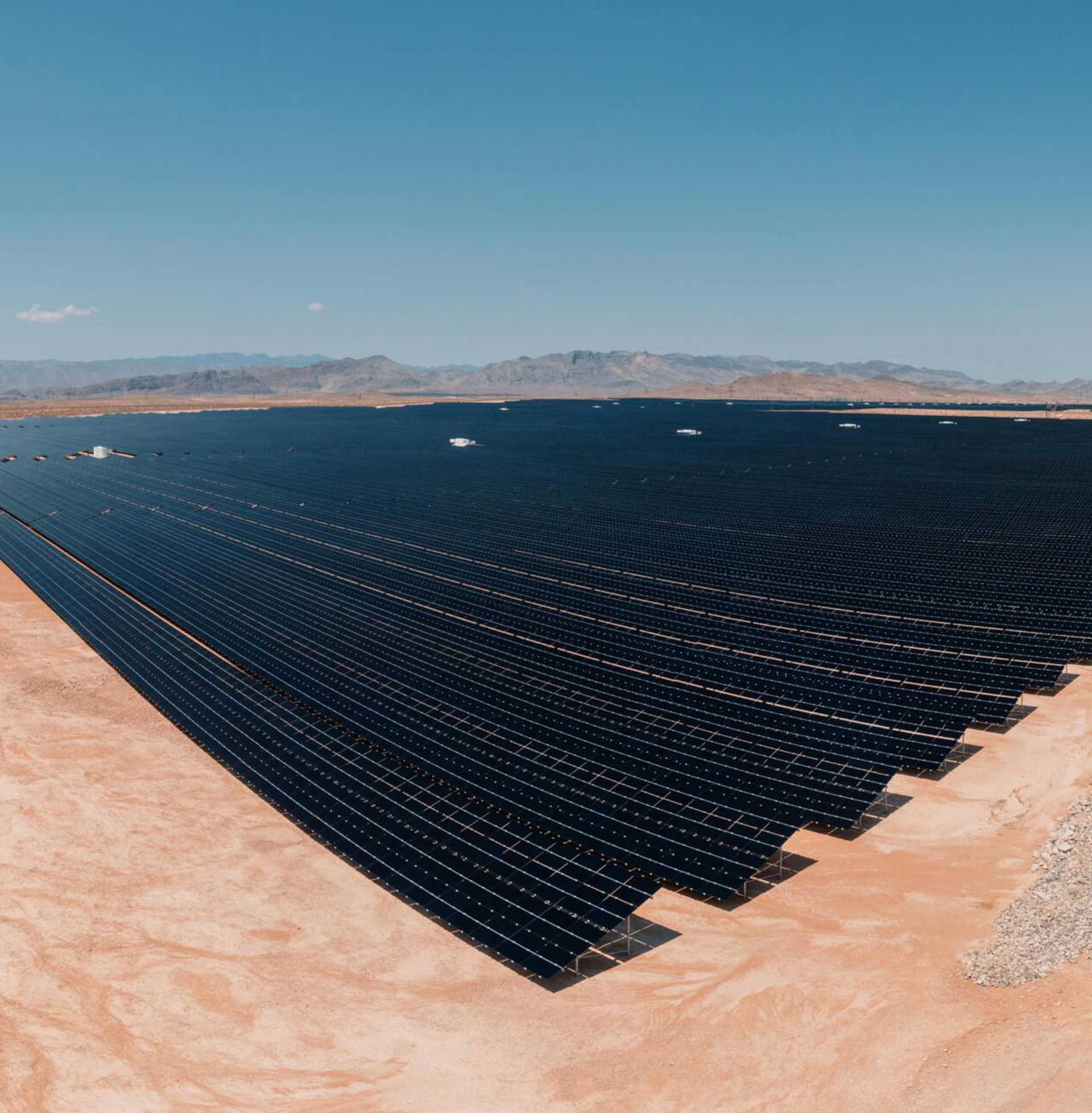Solar panels are versatile and can adapt to a wide range of climatic conditions, making them suitable for use in many parts of the world, including areas with extreme weather. However, the efficiency of solar panels can be influenced by the climate, especially in hot regions.
In hot climates, solar panels can experience a reduction in efficiency. High temperatures can cause the panels to generate less electricity because the semiconductor materials used in solar cells operate less effectively at elevated temperatures. The optimal temperature for solar panel performance is around 25°C (77°F). When temperatures rise above this, the efficiency of solar panels can decrease by about 0.5% for every degree Celsius increase.
There are ways to mitigate the impact of high temperatures on solar panel efficiency. Proper installation techniques, such as allowing for adequate airflow around the panels, can help dissipate heat. Ensuring that the panels are tilted correctly can also enhance cooling. Additionally, using advanced technologies like bifacial panels, which capture sunlight on both sides, and hybrid systems that incorporate cooling mechanisms, can improve overall performance in hot climates.
Maintaining and regularly cleaning solar panels is crucial, especially in dusty and arid regions, to ensure they operate at peak efficiency. Reflective coatings or materials can also be used to reduce the amount of heat absorbed by the panels.

Despite the challenges posed by high temperatures, solar panels remain a viable option for generating clean energy in hot climates. The adoption of innovative technologies and proper installation practices can maximize their efficiency, making solar energy a sustainable solution for meeting the growing energy needs of regions with extreme weather.
References:
solarnrg.ph


